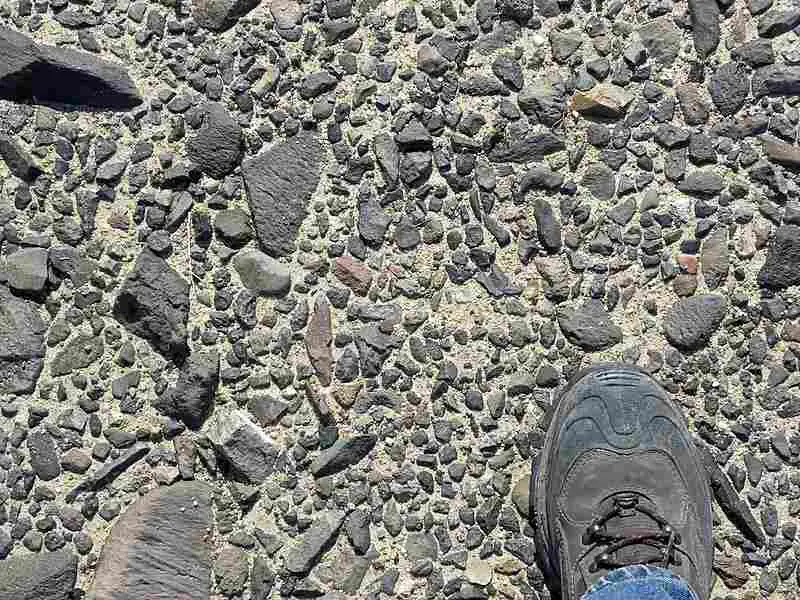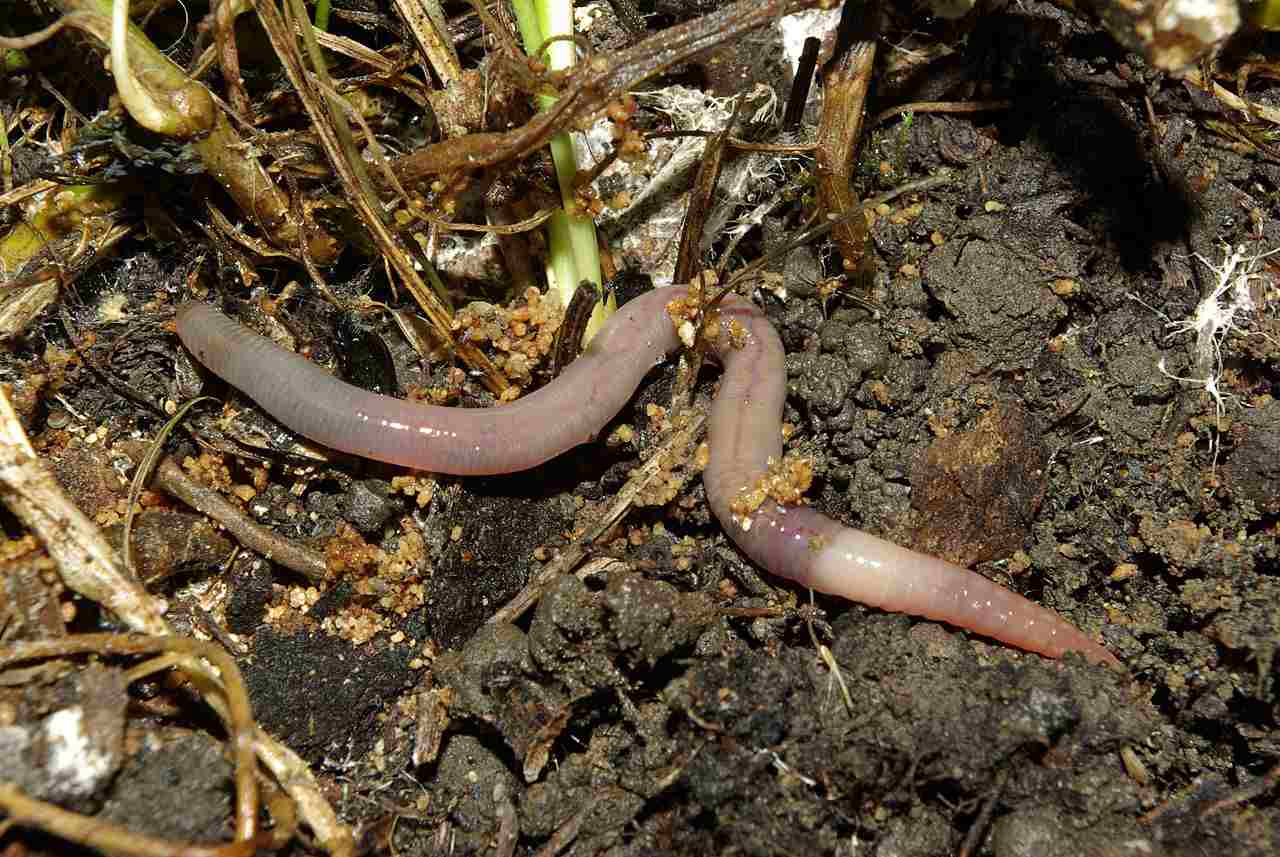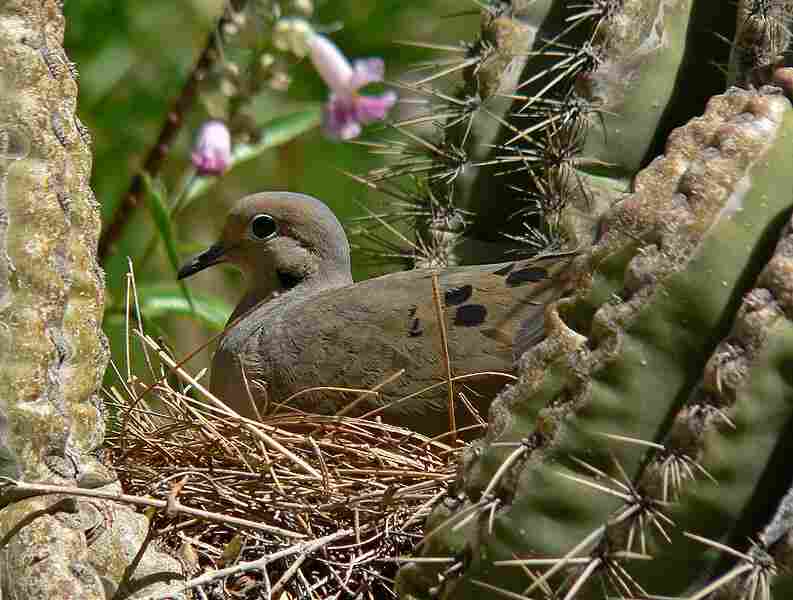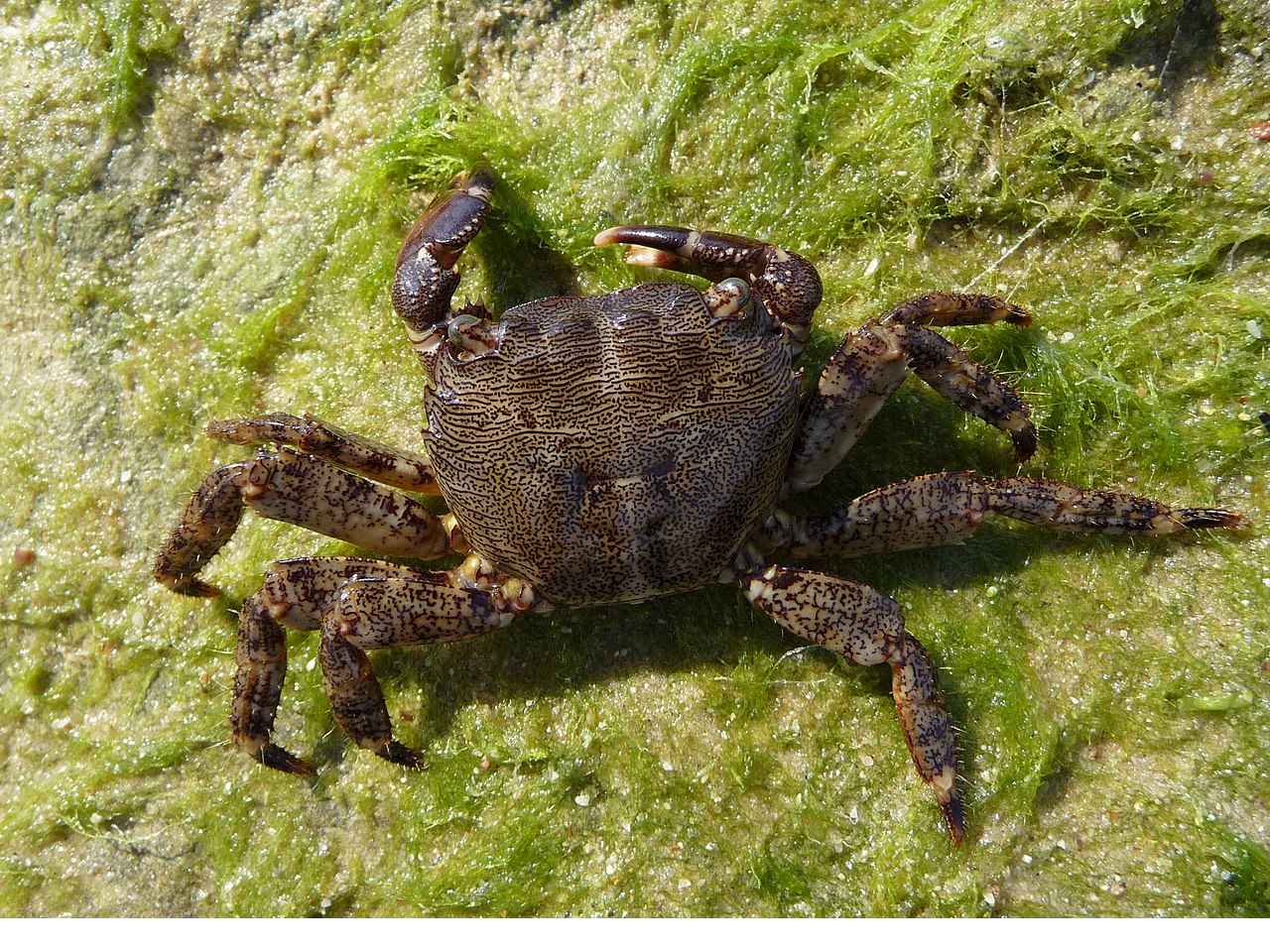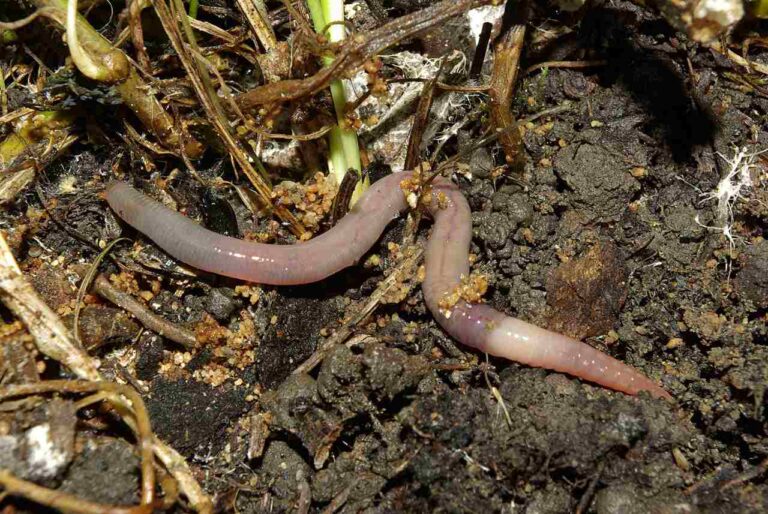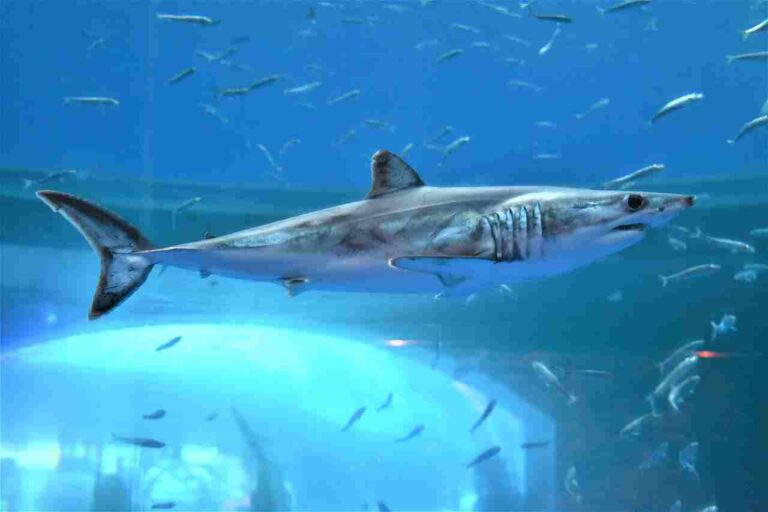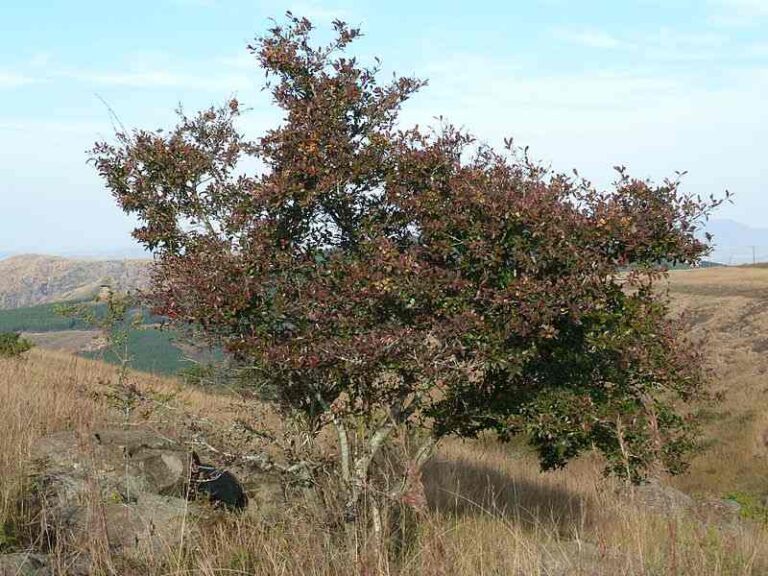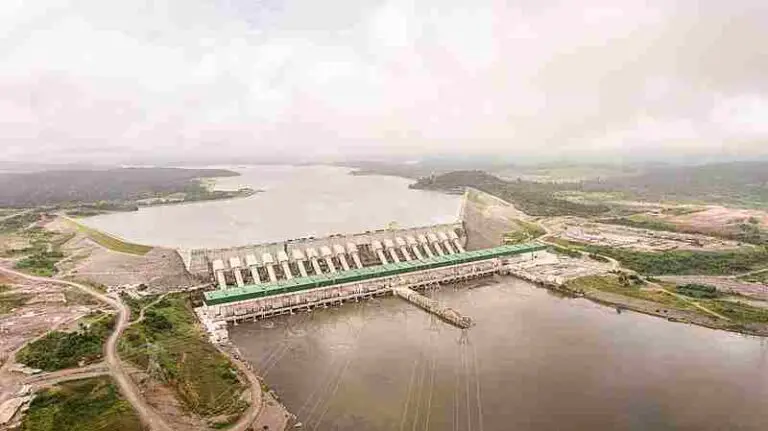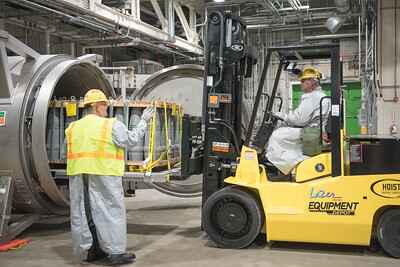11 Detritivores In The Sahara Desert Ecosystem Discussed
Examples of detritivores in the Sahara Desert are desert isopods, tenebrionid beetles, and sand cockroaches, among others. These organisms play crucial roles in breaking down organic matter and recycling nutrients, contributing to soil health and supporting other wildlife. Their adaptations to the extreme conditions of the desert, such as tough exoskeletons, burrowing behavior, and specialized feeding habits, enable them to thrive in the arid environment while maintaining the ecological balance of the Sahara Desert.
1. Desert Isopods
Desert isopods are specialized detritivores found in the Sahara Desert, adapted to extreme conditions of heat and aridity. Unlike their aquatic relatives, desert isopods have evolved to thrive in sandy soils and rocky environments, where they play a crucial role in breaking down organic matter. These small, segmented crustaceans are primarily nocturnal, emerging at night to feed on decomposing plant material, animal remains, and other organic debris. Their activity helps recycle nutrients in the desert ecosystem, promoting soil health and fostering plant growth.
Desert isopods have developed unique adaptations to survive in their harsh habitat. They have tough, armored exoskeletons that protect them from predators and help retain moisture. Additionally, they can burrow into the sand to escape the intense daytime heat and avoid desiccation. By consuming organic waste and recycling nutrients, desert isopods contribute significantly to the Sahara Desert’s delicate ecosystem, supporting the survival of other organisms in this arid environment.
2. Tenebrionid Beetles
Tenebrionid beetles, also known as darkling beetles, are a diverse group of detritivores found in the Sahara Desert, with adaptations that enable them to withstand extreme temperatures and limited water. These beetles are key components in the desert ecosystem, feeding on decaying plant material, animal dung, and other organic matter. Their activities contribute to the nutrient cycling process, enriching the soil and fostering plant growth, which is essential in an environment as inhospitable as the Sahara.
These beetles have evolved various survival mechanisms to thrive in the desert. Some tenebrionid beetles have specialized legs for moving quickly across hot sand, while others have waxy coatings on their exoskeletons to minimize water loss. Notably, certain species are known for their unique behavior of standing on their heads to collect moisture from morning dew, allowing them to survive in areas with scarce water sources. By efficiently recycling organic matter, tenebrionid beetles play a vital role in maintaining the health and sustainability of the desert ecosystem.
3. Sand Cockroaches
Sand cockroaches are a specialized group of detritivores found in the Sahara Desert, where they contribute to the breakdown and decomposition of organic material. Unlike their urban counterparts, these desert-adapted cockroaches have evolved to live in sandy environments, often burrowing beneath the surface to avoid the scorching daytime heat. They feed on a variety of organic materials, including plant debris, animal waste, and even decaying insects, thus facilitating nutrient cycling in the desert ecosystem.
These cockroaches exhibit unique adaptations that allow them to survive in the harsh conditions of the Sahara. Their burrowing behavior not only provides shelter from extreme temperatures but also aids in aerating the soil, promoting nutrient distribution and water infiltration. Additionally, their tough exoskeletons protect them from predators and dehydration. As a significant part of the desert food web, sand cockroaches play an important role in supporting other wildlife, such as insectivorous lizards and birds, by serving as a food source while simultaneously aiding in the recycling of organic matter.
4. Dung Beetles
Dung beetles are remarkable detritivores in the Sahara Desert, specializing in the consumption and recycling of animal dung. These beetles perform a crucial ecological function by breaking down animal waste, thus reducing the spread of parasites and disease while returning valuable nutrients to the soil. Dung beetles come in various forms, with some species rolling dung into balls to use as food stores or breeding chambers, while others simply bury the dung where it lies. This behavior contributes to soil aeration and improves the fertility of desert soils.
In the harsh conditions of the Sahara, dung beetles have developed unique adaptations to find and process dung efficiently. They have a keen sense of smell that allows them to locate dung from a considerable distance, even in a vast and open desert landscape. Their strength and resilience enable them to transport and manipulate dung, often several times their body weight, across challenging terrains. By performing these essential functions, dung beetles help maintain the balance of the desert ecosystem, ensuring the continued growth and sustainability of plant life while supporting a range of other wildlife.
5. Darkling Beetles
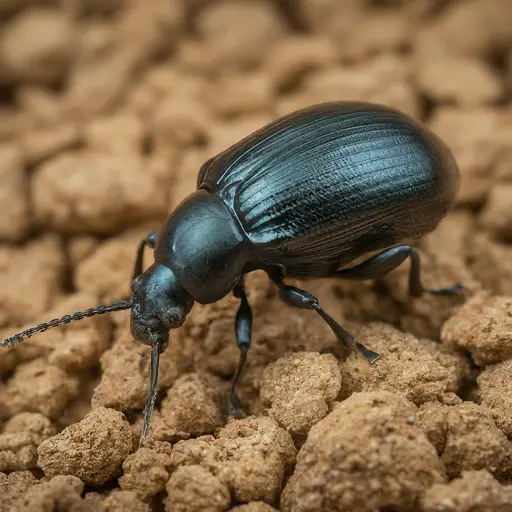
Darkling beetles are a diverse group of detritivores in the Sahara Desert, known for their adaptability to extreme desert conditions. These beetles play a pivotal role in breaking down organic matter, including decaying plants, animal remains, and other debris, contributing to the nutrient cycle in the desert ecosystem. With a wide range of species, darkling beetles exhibit various feeding behaviors, some being scavengers while others are more specialized in their dietary habits. Their activity helps maintain soil fertility and supports the growth of desert vegetation.
These beetles are well-equipped to survive the harsh desert environment, with robust exoskeletons that offer protection from predators and extreme temperatures. Some darkling beetles are equipped with specialized glands that can secrete chemicals to deter predators, while others are known for their remarkable ability to withstand high heat and arid conditions. By breaking down organic material and recycling nutrients, darkling beetles contribute significantly to the ecological stability and resilience of the Sahara Desert, supporting a range of other organisms in this delicate ecosystem.
6. Ants (Various Species)
Ants are among the most versatile detritivores in the Sahara Desert, with a wide variety of species contributing to the decomposition and recycling of organic matter. These ants play a crucial role in maintaining the health of the desert ecosystem by breaking down plant debris, animal remains, and other organic materials. Ants are highly social insects, living in colonies with distinct roles for workers, soldiers, and queens. This social structure allows them to efficiently collect and process organic matter, which in turn contributes to nutrient cycling and soil fertility in the desert.
In the Sahara, ants have developed unique adaptations to thrive in extreme conditions. They often construct complex underground nests that provide shelter from the intense heat, allowing them to work and store food in relative safety. Some ant species have also evolved specialized behaviors for finding and transporting food over long distances, ensuring their colonies’ survival in a resource-scarce environment. Additionally, ants play an important role in aerating the soil through their burrowing activities, which helps improve water infiltration and promotes the growth of desert vegetation. By performing these functions, ants support the sustainability and biodiversity of the Sahara Desert.
7. Termites (Various Species)
Termites are essential detritivores in the Sahara Desert, known for their ability to break down tough plant materials like wood and cellulose. These insects are crucial in the desert ecosystem, where they decompose plant debris and recycle nutrients back into the soil. Termites live in colonies, often constructing intricate mounds or underground tunnels that offer protection from predators and extreme weather conditions. These structures also help regulate temperature and humidity, providing a stable environment for the colony’s members.
In the Sahara, termites play a key role in maintaining the balance of the ecosystem. Their decomposition activities contribute to soil enrichment, allowing desert plants to thrive in nutrient-poor conditions. Termites also serve as a food source for various desert animals, such as lizards, birds, and mammals, thus supporting the broader food web. The structures built by termites can also influence the landscape, with their mounds providing microhabitats for other organisms and altering water flow patterns in the desert. By facilitating nutrient cycling and supporting other wildlife, termites are a vital component of the Sahara Desert ecosystem.
8. Scorpions (Certain Species)
Scorpions are predatory arthropods in the Sahara Desert, but certain species play a role as detritivores, contributing to the breakdown of organic matter. These scorpions are adapted to the harsh desert environment, with robust exoskeletons that protect them from extreme temperatures and allow them to retain moisture. While primarily known for their predatory habits, some scorpions scavenge on dead insects, plant debris, and other decaying materials, thus aiding in nutrient cycling in the desert ecosystem.
The scorpions’ nocturnal behavior is a critical adaptation to the desert environment, allowing them to avoid the intense daytime heat while engaging in their activities at night. Their burrowing behavior provides shelter from predators and temperature extremes, while also helping to aerate the soil. These scorpions contribute to the balance of the desert ecosystem by consuming organic waste, reducing the accumulation of decaying matter, and supporting other wildlife as part of the desert food web. By serving both predatory and detritivorous roles, certain scorpions help maintain the ecological equilibrium of the Sahara Desert.
9. Ground Beetles
Ground beetles are a group of versatile detritivores in the Sahara Desert, known for their role in breaking down organic matter and contributing to soil health. These beetles are typically found on or near the ground, where they scavenge for decaying plant material, animal remains, and other organic debris. Their feeding habits contribute to nutrient recycling, promoting the growth of desert vegetation and supporting the broader desert ecosystem. Ground beetles exhibit a range of behaviors, with some species being more scavenger-like while others are predatory, feeding on smaller insects and detritivores.
These beetles have evolved to withstand the harsh conditions of the Sahara, with sturdy exoskeletons that protect them from extreme temperatures and predators. They often employ various strategies for avoiding heat and conserving moisture, such as burrowing into the sand or seeking shelter under rocks and debris. Ground beetles’ scavenging activities not only aid in nutrient cycling but also contribute to the reduction of waste and decaying matter, creating a cleaner and more sustainable environment. By playing this role, ground beetles support the ecological balance of the Sahara Desert, ensuring the continued health and resilience of the ecosystem.
10. Springtails
Springtails are tiny detritivores found in the Sahara Desert, playing a vital role in decomposing organic matter and contributing to nutrient cycling. Despite their small size, springtails are remarkably abundant and form a critical component of the desert ecosystem. They feed on decaying plant material, fungi, and other organic debris, aiding in the breakdown of complex organic compounds into simpler nutrients. This process helps maintain soil health and supports the growth of desert vegetation, which is crucial in the resource-limited environment of the Sahara.
Springtails are well-adapted to the harsh desert conditions, with their name deriving from their unique ability to “spring” into the air using a specialized appendage called the furcula. This adaptation allows them to escape predators and navigate through the challenging terrain of the desert. They often inhabit moist microhabitats, such as beneath rocks or within decomposing plant matter, where they can find shelter and food. By breaking down organic material and facilitating nutrient cycling, springtails contribute to the sustainability and diversity of the Sahara Desert ecosystem, supporting a range of other organisms in the process.
11. Silphid Beetles
Silphid beetles, also known as carrion beetles, are a group of detritivores in the Sahara Desert that specialize in feeding on carrion and other decaying organic matter. These beetles play an essential role in the desert ecosystem by breaking down animal remains, reducing the spread of diseases, and recycling nutrients back into the soil. Silphid beetles are often attracted to carrion by their keen sense of smell, allowing them to locate food sources even in the vast expanses of the desert. Their scavenging activities contribute to the overall cleanliness and health of the desert environment.
These beetles have evolved unique adaptations to survive in the harsh conditions of the Sahara. Some silphid beetles are known to bury carrion, not only to create a food store but also to provide a breeding ground for their larvae. This behavior helps reduce the visibility of decaying matter, thereby deterring predators and scavengers. The nutrient-rich soil created by these activities supports plant growth and contributes to the desert’s ecological balance. By performing this critical role in nutrient recycling and waste reduction, silphid beetles play a key part in maintaining the sustainability and biodiversity of the Sahara Desert.
*Summary
-
Desert Isopods
-
Adapted to extreme heat and aridity in the Sahara.
-
Feed on decomposing plant material and organic debris.
-
Nocturnal, with tough exoskeletons for moisture retention.
-
-
Tenebrionid Beetles
-
Diverse group, known for nutrient cycling.
-
Adapted to desert conditions with specialized legs and waxy exoskeletons.
-
Collect moisture from morning dew for survival.
-
-
Sand Cockroaches
-
Decompose plant debris and animal waste.
-
Burrow to avoid extreme heat.
-
Aid in soil aeration and support other wildlife as a food source.
-
-
Dung Beetles
-
Recycle animal dung to reduce disease spread and enrich soil.
-
Strong and resilient, able to manipulate and transport heavy dung balls.
-
Contribute to soil aeration and support other wildlife.
-
-
Darkling Beetles
-
Break down organic matter, contributing to soil fertility.
-
Have robust exoskeletons and chemical defenses against predators.
-
Withstand extreme desert temperatures and conditions.
-
-
Ants (Various Species)
-
Highly social, with various roles in nutrient cycling.
-
Build underground nests for temperature control.
-
Contribute to soil aeration and support the desert food web.
-
-
Termites (Various Species)
-
Break down plant materials like wood and cellulose.
-
Construct complex mounds or tunnels for shelter.
-
Contribute to soil enrichment and support other desert wildlife.
-
-
Scorpions (Certain Species)
-
Some species act as detritivores, scavenging dead insects and plant debris.
-
Adapted to desert life with robust exoskeletons and nocturnal behavior.
-
Aid in soil aeration through burrowing and support the desert ecosystem.
-
-
Ground Beetles
-
Scavenge for decaying plant material and animal remains.
-
Exhibit different feeding behaviors, with some being predatory.
-
Contribute to soil health and support nutrient cycling.
-
-
Springtails
-
Tiny detritivores that break down organic matter.
-
Use specialized appendage to “spring” into the air.
-
Often inhabit moist microhabitats to avoid heat and find food.
-
-
Silphid Beetles
-
Specialize in feeding on carrion and decaying organic matter.
-
Bury carrion to create breeding grounds and reduce disease spread.
-
Aid in soil enrichment and maintain the ecological balance of the desert.
-
| Detritivores | Key Features |
| Desert Isopods |
Nocturnal, tough exoskeleton, nutrient cycling
|
| Tenebrionid Beetles |
Diverse, collect moisture from dew, adapted to desert
|
| Sand Cockroaches |
Burrowing behavior, soil aeration, support other wildlife
|
| Dung Beetles |
Recycle animal dung, strong, contribute to soil aeration
|
| Darkling Beetles |
Break down organic matter, robust exoskeleton, chemical defense
|
| Ants |
Social, underground nests, contribute to soil aeration
|
| Termites |
Decompose plant materials, build complex mounds/tunnels
|
| Scorpions |
Certain species are detritivores, nocturnal, aid in soil aeration
|
| Ground Beetles |
Scavenge decaying plant/animal remains, some are predatory
|
| Springtails |
Tiny, specialized appendage for “springing,” break down organic matter
|
| Silphid Beetles |
Feed on carrion, bury carrion, contribute to soil enrichment
|

